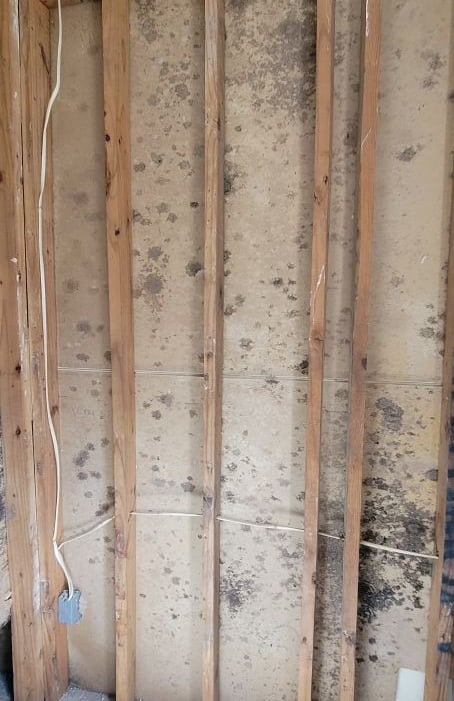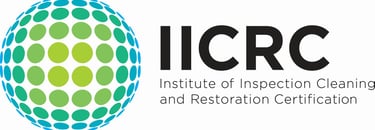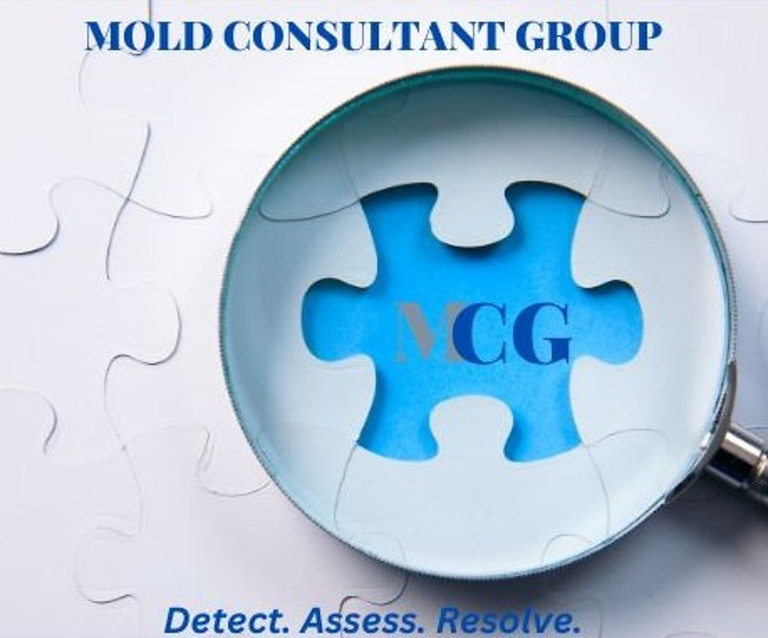Why Is Mold Problematic? Mold Health Risks & Toxicity
Learn why mold—alive or dead—can harm your health. Discover the risks and toxicity of mold exposure to protect your home and well-being. Mold health risks
3/6/20252 min read


Live and Dead Mold: Understanding the Hazards
It’s a common misconception: If the mold is dead, it’s no longer dangerous. But in reality, both live and dead mold can impact your indoor air quality — and your health.
At Mold Consultant Group, we help homeowners throughout Montgomery, The Woodlands, Spring, Conroe, Willis, Tomball, Magnolia, and Cypress identify and remove all mold contamination — whether it’s active or dormant. Here's what you need to know about the hidden risks of dead mold.
🧫 What’s the Difference Between Live and Dead Mold?
🔵 Live Mold
Grows in moist environments
Reproduces by releasing spores into the air
Can spread to other areas and cause visible damage
⚪ Dead Mold
No longer growing due to dryness or chemical treatment
Still contains spores and fragments that can become airborne
May still carry mycotoxins, especially from toxigenic species
Bottom line: Dead mold isn't harmless — and it can still affect your air and health.
🫁 Health Risks from Live Mold
Live mold is a known irritant and allergen that can cause:
Sneezing, rashes, and sinus irritation
Asthma flare-ups and breathing difficulties
Fungal infections in immunocompromised individuals
Exposure to mycotoxins, particularly from species like Stachybotrys chartarum (black mold)
⚠️ Why Dead Mold Still Matters
Even though it’s no longer growing, dead mold can still cause:
🌬️ Airborne Irritants
Dead mold fragments and spores can still:
Become airborne during cleaning, movement, or HVAC activity
Be inhaled into the lungs
Cause the same allergic or respiratory symptoms as live mold
🧪 Residual Mycotoxins
Some molds leave behind toxic byproducts that can linger on surfaces long after the mold has died.
🔁 Risk of Regrowth
If moisture returns, previously dormant mold can reactivate and start spreading again.
🧰 Proper Mold Removal Is Key — Not Just Killing It
To truly resolve a mold issue, both live and dead mold must be removed, not just treated.
Here’s what we recommend:
Physical removal of contaminated materials like drywall, insulation, or carpet
HEPA vacuuming to capture fine spores and particles
Disinfecting with mold-specific cleaning agents (not just bleach!)
Containment and air filtration during cleanup to prevent cross-contamination
Post-remediation clearance testing to ensure it's safe to reoccupy
At Mold Consultant Group, we follow IICRC S520 standards and Texas state regulations for proper mold documentation and verification.
📍 Serving: Montgomery | The Woodlands | Spring | Conroe | Willis | Tomball | Magnolia | Cypress
📞 Concerned About Mold — Dead or Alive?
Call 832-280-4747 or schedule a professional mold inspection at www.moldconsultantgrp.com
If it’s in your air, it’s in your lungs — even if it’s not growing. Let’s get it out the right way.
Mold Consultant Group, LLC
Services
Contact
info@moldconsultantgrp.com
832-280-4747
© 2025. Mold Consultant Group All rights reserved.
Mold testing and identification
Mold assessments
Mold Protocols
Comparative remediation and repair estimates
CAD floor plans and measurements




